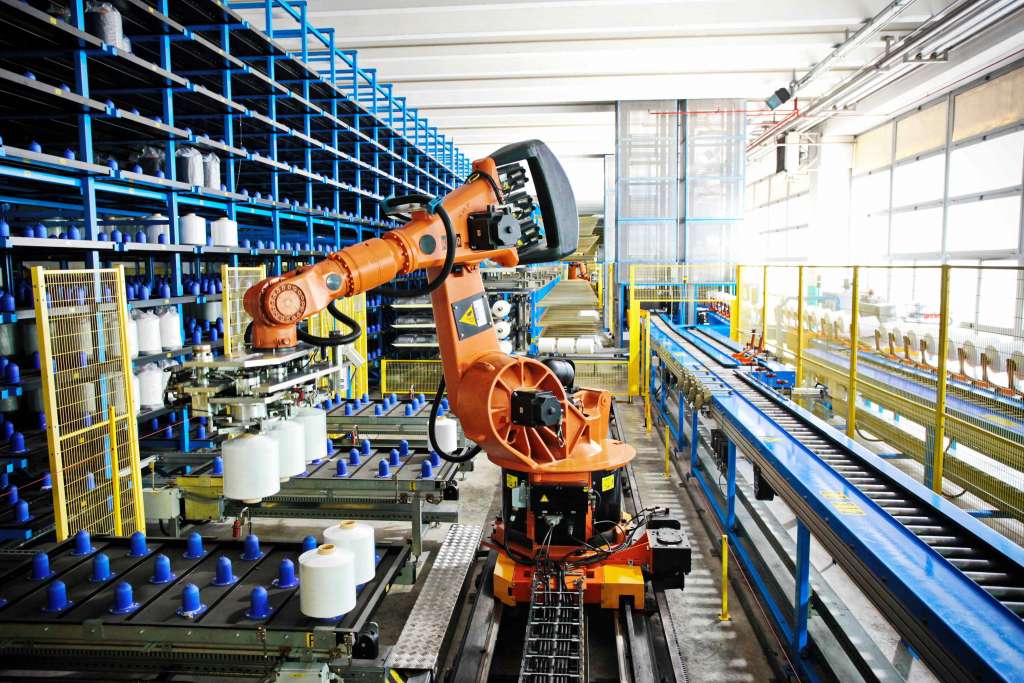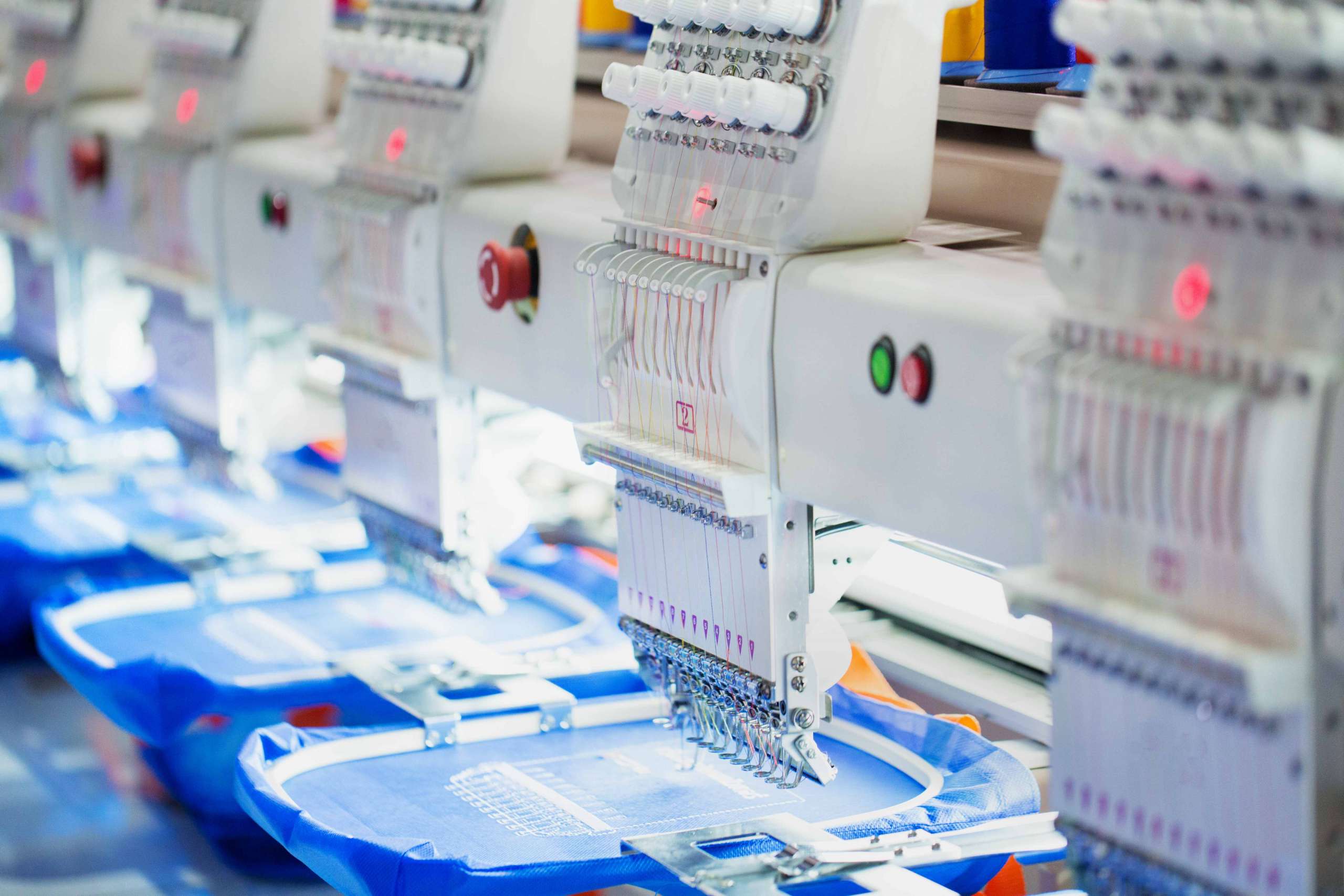Latest Innovations in Garment Technology and Manufacturing



Currently, businesses are capitalizing on rapid tech advancements, and the fashion industry is no stranger to this trend. Over the years, apparel manufacturing has seen tremendous growth in adopting the latest innovations to create revolutionary products.
While the focus is mainly on garments, the rapid adoption of new technologies and solutions also storms the marketing segment. For instance, turning towards the latest ERP solutions helps track materials and labour and generate receipts and work orders. Similarly, various other software products also help with the integrated costing and purchase processes, making it easier to create ledgers and reports and handle inquiries. As far as manufacturing is concerned, the latest trends are mostly product-centric, and with time, most of them fade away and only linger on to prove helpful.
1. Product Design Automation
Automation helps garment brands speed up manufacturing processes, and apparel businesses can deploy automated workflows across different methods to release products faster than their competitors. In addition, the curated databases that emerge from such automated workflows provide historical product-related information, which owners can use to create effective workflows that auto-assign tasks, validate processes, and notify users.
You can also automate product design using standard technologies, such as Product Lifecycle Management (PLM) software, Robotic Process Automation (RPA), Product Information Management (PIM) systems, and various other virtual solutions.
2. 3D Printing and Scanning
Garment manufacturers can incorporate 3D designs as part of their embroidery that goes on to the apparel using CAD (Computer Aided Design) and other tools. These tools help with other printing activities, including pattern embedding, grading, nesting, marking, and determining fabric consumption.
You can also create 3D models of the garments or apparel using CAD systems and ascertain their patterns and fits. Most 3D modelling tools also come with scanners that let you measure dimensions accurately and incorporate them into your designs.
3. Robots

Machine Learning technologies have evolved tremendously over the years, and their application in apparel design is evident. However, one cannot completely do away with handcrafted designs, owing to the skills and experience it brings. However, robotic manufacturing processes can speed up operations. These manufacturing techniques not only enhance designs but also streamline production and help get finished products out to the markets more quickly than the competition.
4. RFID Verification
RFID tags are becoming increasingly popular cataloging methods since they are cost-effective and don’t run on batteries. Moreover, RFID tags can transmit long-range signals and make for quick and easy reading.
Though RFIDs were introduced in the early 2000s, and retail giants like Walmart and JC Penney had already begun adopting them, it wasn’t until 2009 that Marcy’s got every item in their stores tagged.
RFID tags help scan product information quickly and efficiently and help track and stock inventory, reducing losses.
5. Recyclable Garments
Sustainability has always been at one of the forefronts of the garments industry – particularly in retail. Sustainable products supported the growth of more than half of consumer-packaged goods (CPG) between 2015 and 2019. However, it managed to capture only 16% of the market, according to the NYU Stern Centre for Sustainable Businesses.
The apparel sector is slowly moving towards the eco-friendly space, adopting production, and marketing practices, to cater to conscious customers. The movement is not limited to the materials alone and addresses almost every aspect, including labor, supply-chain management, production, and distribution.
How does technology help the garment industry scale?
The fashion industry is constantly evolving, and technology is capturing every aspect, including production and manufacturing, marketing and supply chain, data collection and analysis, and sustainability.
However, there is still a need to identify constraints and close the gaps. While different technologies and solutions can help manufacturers and production units do that, the challenge lies in their implementation. That is, you will not only need to figure out what technologies and solutions to implement but also where, when, and how.
Also, while integrating different technologies can help achieve better results, you might want to know what goes where and if it works.
The same challenges that garment production units may need to address may vary, but manufacturers can stick to these three key areas, depending on the business size.
1. Supply-Chain
Garment manufacturers must identify loopholes in the supply chain that may be holding back production and releases. These may include getting work orders, collaborating with suppliers to get the fabric, and monitoring production processes.

Technology solutions that can help with this may include advanced tracking systems, solutions to record employee entry times, not to mention their productivity, and comprehensive billing, reporting, and inquiry software.
Manufacturers can also integrate these solutions into robust ERP applications to enhance their functionalities. For instance, ERPs can come with different purchasing modules for procurement or production costing that can help determine material costs, wages, and overheads.
2. Production
ERP solutions help track production processes. However, garment manufacturers will also need technologies and solutions to produce the final products. Apparel machinery has evolved tremendously over the years, both in the hardware and software areas.
Nowadays, most garment production units use advanced machinery and other technologies – particularly software solutions, integrating them into their supply chains. However, such integration also means that these solutions should be adaptive and evolve at the same speed as apparel machinery so that everything falls in line.
Production is a vital aspect of garment manufacturing, as almost every other step relies on it. So, the technologies used in production processes should match those used in other areas, such as employee productivity or supply-chain management.
3. Sustainability
Every sector, including apparel manufacturing, is moving towards a sustainable future. However, as a garment manufacturing business, production capacity may be what you need to address if you haven’t upgraded to the latest machinery.
However, there are many factors to consider here, and it may be less about the technology solutions and more about their implementation. That is, having the right technology solutions may be the key, but knowing how to use them to streamline production processes to achieve sustainability is the bigger goal.
Conclusion
Knowing what technologies to harness and how and where to implement them to improve production processes is what garment manufacturers need to address today. All the other aspects, including supply-chain, and marketing, link back to production. So, garment manufacturers must implement the right technologies and solutions for businesses to scale. Visit and collaborate with Fashiza to know more about the use of recent technologies and innovations in your business.




















